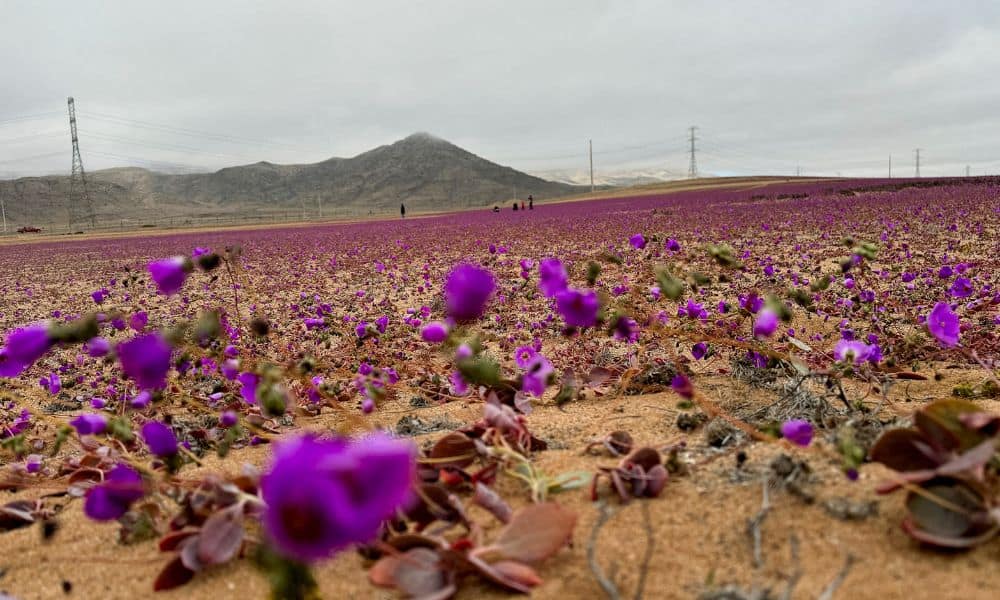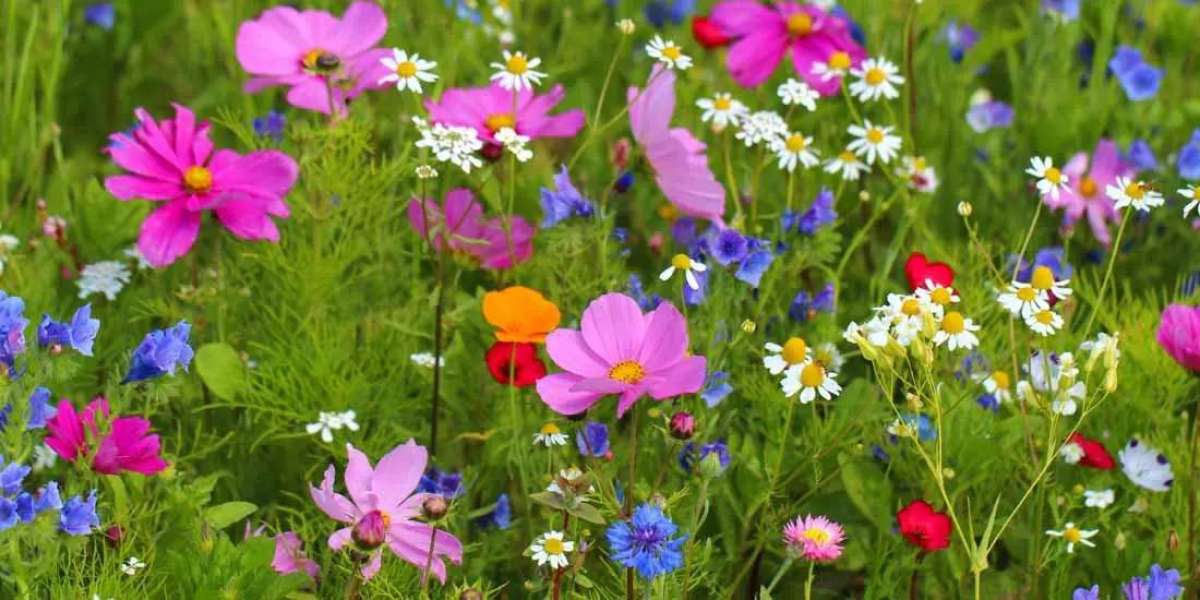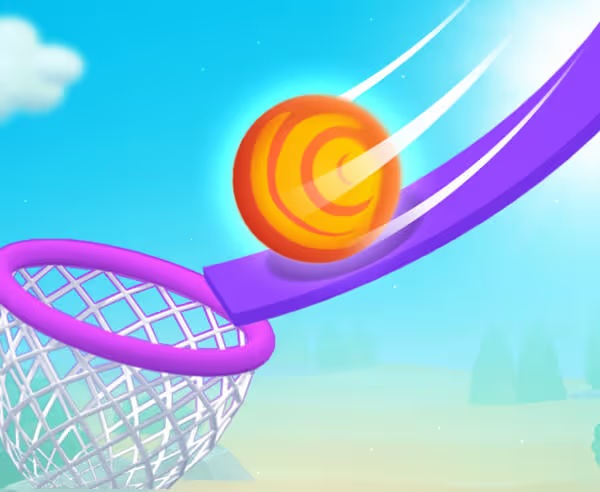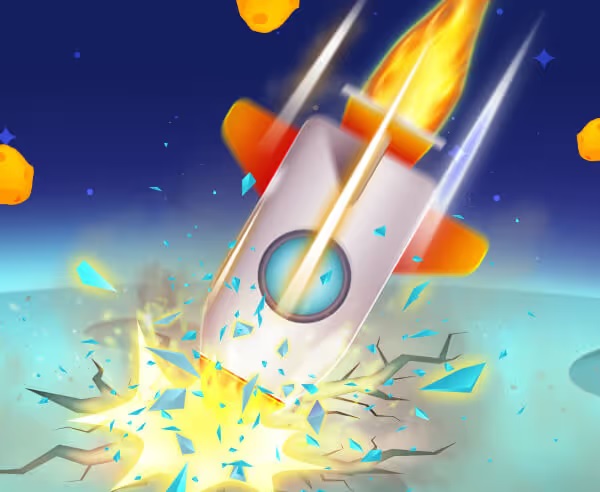article image source: thegrasspeople.com (link)
The Atacama Desert in northern Chile, famously known as the driest nonpolar desert on Earth, has undergone a breathtaking transformation. After months of unusual winter rainfall, the parched, rust-colored earth has burst into color, blanketed by a rare and short-lived explosion of wildflowers — an event that occurs only every few years and draws global attention.
advertisement
From Dust to Bloom
Stretching between the Pacific Ocean and the towering Andes Mountains, the Atacama typically receives less than 15 millimeters (0.6 inches) of rain annually. In some areas, years can pass without a single drop. But in 2025, persistent winter rains — with some highland areas receiving up to 60 mm — broke that dry streak, creating ideal conditions for one of nature’s most surprising spectacles: the Desierto Florido, or "Blooming Desert."
Heavy Rains Trigger Desert Flower Explosion | Rare Bloom Transforms Atacama Desert | CLIMATE TRACKER
More than 200 species of wildflowers, including several endemic to the region, have emerged in vibrant swaths of pink, purple, yellow, and white. Among the notable species are Garrafa de Flamenco (Cristaria pinnata) and Suspiro del Campo (Nolana paradoxa) — delicate blossoms that lie dormant as seeds in the soil for years, waiting for the right mix of water, light, temperature, and humidity to come alive.
image source: hearstapps.com
The Science Behind the Bloom
Botanists explain that the seeds of these desert plants remain buried beneath the surface, preserved in a kind of natural time capsule. “When certain moisture thresholds are met, they activate, grow and then bloom,” explains Víctor Ardiles, chief curator of botany at Chile’s National Museum of Natural History.
Moisture arrives from both the Pacific coast in the form of coastal fog, and from the Amazon Basin to the east, bringing rainfall to the foothills. But it’s not just about water — the perfect alignment of environmental conditions must also include optimal temperature and daylight exposure.
“Not all seeds will germinate,” Ardiles notes. “Some stay dormant, waiting for the next chance — perhaps years down the line.”
A view shows the area of an unusual winter bloom on Atacama desert prior to the spring phenomenon known as 'Desierto Florido' (Bloomed desert), which fills the driest desert in the world with flowers. File Photo / Reuters - image source: mindfood.com
A Natural Wonder and a Tourist Magnet
The phenomenon, which typically occurs between August and November, has become a magnet for ecotourists and photographers. Llanos de Challe National Park, one of the best places to witness the spectacle, has seen a surge in visitors this season.
“It’s more stunning than I imagined,” said Maritza Barrera, a mother who traveled nearly 800 kilometers from Santiago with her children. “It’s one of those rare things you have to take advantage of.”
The bloom is expected to peak through late October, with some drought-resistant species lingering into January, depending on weather conditions.
A Conservation Priority
Recognizing both the ecological and symbolic importance of this rare event, the Chilean government has taken steps to preserve it. In 2023, President Gabriel Boric designated over 570 square kilometers along the Pan-American Highway as the Desert Bloom National Park, ensuring that this fragile phenomenon will be protected from unregulated tourism and development.
“This is something unique to Chile,” Ardiles emphasized. “Nowhere else on Earth does this happen quite like it does here.”
Climate Change: A Double-Edged Sword
While this year's bloom is a source of wonder, scientists are also cautiously watching the broader climate trends that made it possible. Increased rainfall could be a sign of shifting weather patterns due to climate change. Paradoxically, while more frequent blooms may occur in the short term, they may also threaten the long-term survival of these delicate ecosystems.
“These plants have evolved to thrive in extremely specific conditions,” says Jorge Carabantes of CONAF, Chile’s National Forestry Corporation. “Even small changes can tip that balance — it’s both a gift and a warning.”

Drone view shows an unusual winter bloom on Atacama desert prior to the spring phenomenon known as 'Desierto Florido' (Bloomed desert), which fills the driest desert in the world with flowers and plants, near Copiapo, Atacama region, Chile, July 6, 2024. REUTERS/Rodrigo Gutierrez - image source: reuters.com
Cultural Roots and Local Significance
The Desierto Florido holds a place not just in science, but also in local tradition. Indigenous communities and rural populations in the Atacama region have long viewed the bloom as a sign of renewal and balance. In pre-Columbian times, it was seen as a symbol of Pachamama — Mother Earth — offering sustenance and beauty after hardship.
Today, it serves as a visual reminder of nature’s resilience and the delicate interplay between climate, geography, and life.
Conclusion
The Atacama bloom of 2025 is more than just a colorful spectacle — it’s a fleeting miracle in one of Earth’s harshest landscapes. As tourists stroll through fields of wildflowers and scientists study the patterns behind the bloom, the desert silently tells a story of patience, survival, and the fragile beauty of balance.
Whether you see it as a scientific phenomenon, a travel destination, or a spiritual sign from the Earth itself, one thing is certain: the Desierto Florido is one of nature’s rarest and most humbling displays — and it’s happening right now.
Thank you !

















































